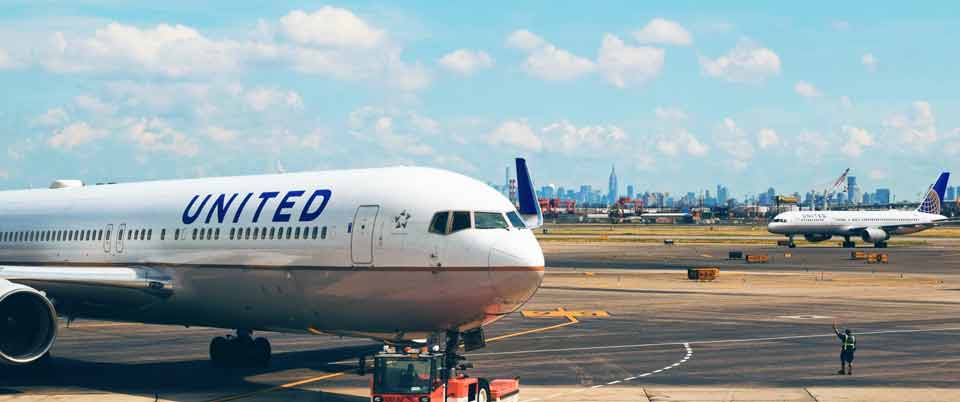The airline industry during a pandemic
As travel bans trigger a significant drop in passenger numbers and sales rapidly, the airline industry is in freefall. As supply chains and industry demands return, airlines that incorporate air freight in addition to "revenue passenger miles" (or kilometers) within their business model may have a small advantage.
Airlines supporting the growth of the e-commerce sector during the crisis can generate additional cargo during the crisis. Carriers worldwide have canceled flights in response to the recession and social distancing. They plan for their first zero-dollar revenue days in aviation history and the associated delay in cash inflows.

An estimation of US$252 billion in missed sales by the International Air Transport Association (IATA) now looks hopeful, and IATA has offered up to US$200 billion in state assistance in the form of cash injections and could require loan guarantees to save the sector from bankruptcy. As private equity and lenders center their efforts on this market, the recent years of share buy-backs and focus on net leverage are essential to many airlines. IATA's economic analysis found that most carriers had fewer than three months' worth of cash in January 2020 to finance EBITDAR and aircraft leasing expenses.
Airline management teams are now pursuing any way to postpone payments. They include several airlines in talks with leasing firms (which are projected to own around 50 percent of the global fleet) and other groups, such as air traffic management authorities, delay leasing payments, and route charges. These funds are already dwindling. All essential factors are the different choices for returning leased aircraft, returning maintenance inventory, postponing new aircraft deliveries, and potentially canceling aircraft options. It is becoming clear that this will not be enough for many, and you will need considerable state assistance.
However, aircraft fleets can be devalued or, at the very least, threatened by existing and potential creditors. The periods (take-off and landing) and hours that have flown that drive compliance with regulatory maintenance will dictate the degree to which it is possible to delay maintenance costs. Much would rely on each country's efforts and assistance because of the pandemic's overall size and nature.
A host of steps to encourage China's sector, including short-term aid and assistance, restart services, and increasing infrastructures, had been announced in earlier March by the Chinese Civil Aviation Administration (CAAC). Some policymakers in Europe have made cash and grants available, often subject to debt relief from their creditors. Government grants and assistance totaling US$58 billion for the aviation sector have been accepted in the United States. Given the confusion about when this disruption will stop, government assistance is a welcome move by short-term loans, grants, and tax relief, and we are observing more and more of this as the crisis.
However, if the turmoil is extended, the wider aviation sector, including airport owners, airframe and engine suppliers, and all the aerospace supply chains and even leasing companies, would have significant knock-on consequences. In the coming months, more organized assistance could be expected, placing more pressure on strained economies. However, what is evident is the importance to the broader economy of the aviation sector and its strategic importance in playing a part in the global recovery.